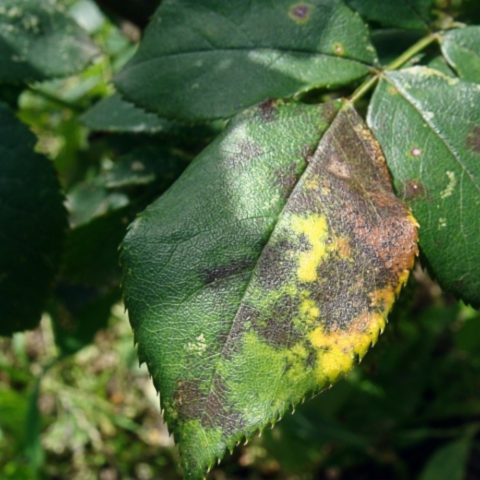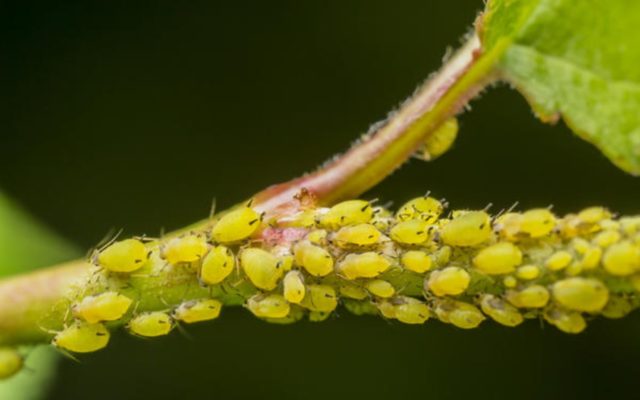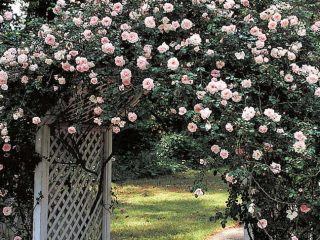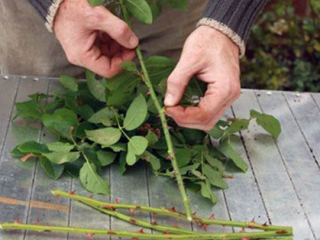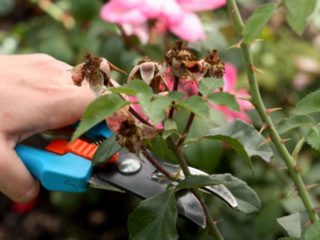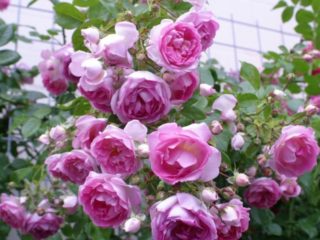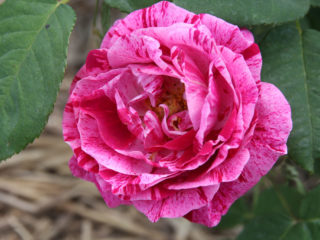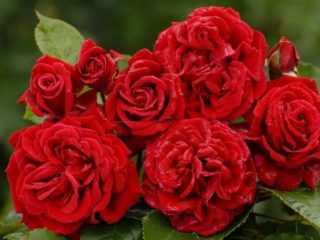Content
English park roses are especially popular among gardeners in many countries. This demand for these species is due to their increased resistance to unfavorable climatic conditions and fungal diseases, long and lush flowering until frost. These include the Boscobel rose, which is distinguished by its unusually beautiful petal color. It can be used to decorate parks, squares, and personal plots, and it will look organic in any landscape design.

Rose "Boscobel" - a re-flowering variety
History of selection
This English park rose is one of the new ones. Rose "Boscobel" first appeared on the radar of gardeners in 2012. Its originator is British breeder David Austin. It was he who, more than 50 years ago, created a separate group of cultural species, which he united under the general name “English roses.” All varieties included in it were obtained by crossing ancient varieties with modern hybrid teas and floribundas.
The result is roses that successfully combine the best qualities of both. They have antique charm, sophistication, flower shape and aroma, but are also characterized by lush repeat blooms, a varied palette of shades and increased resistance to adverse climatic conditions. And the rose “Boscobel” by David Austin is proof of this; in catalogs it is listed as Austin Boscobel.
Description of the Boscobel rose and characteristics
This variety, like other types of crops, is a representative of the Varicolored family, the genus Rosehip. Rose "Boscobel" is a perennial deciduous shrub, the height of which reaches 120 cm, and the diameter is about 80 cm. The shoots of the plant are erect, strong, and flexible. At the same time, they can easily withstand the load and do not bend during flowering. Therefore, the Boscobel rose does not require additional support.
The bark of young branches is green with a reddish tint on the sunny side; as it matures, it noticeably fades. The shoots of the Boscobel rose are covered with sparse small thorns of a hooked-curved shape. The leaves are alternate, imparipinnate. They consist of 5-7 pieces. medium-sized plates attached to one common petiole, at the base of which there is an adherent stipule. The plates have a rich dark green hue with a characteristic shine. They are smooth on both sides.
During the flowering period, the Boscobel rose forms a huge number of rounded-pointed buds, which are initially reddish in color. But as the petals open, they take on a beautiful salmon-pink color. The flowers of the rose variety "Boscobel" are densely double. Each of them consists of 78-80 petals. Initially they have a cup-shaped shape, but then it turns into a classic one.They form inflorescences of 3-5 pieces. The buds open gradually, giving the impression of continuous flowering throughout the season until frost sets in.
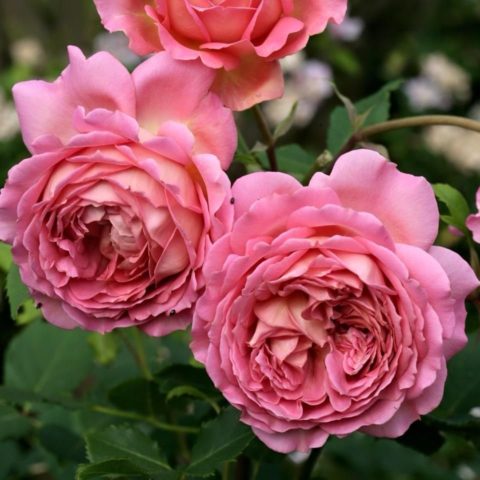
The flower diameter of this variety reaches 11 cm.
The color of the flowers changes depending on the time of day and air temperature. In the sun and in cool weather the color becomes rich salmon, and in the shade and during hot weather it turns pale pink.
Unlike wild species, the Boscobel rose has stamens and pistils that turn into additional petals, which is how its terry appearance is achieved. Moreover, the external ones are much larger than the internal ones. When open, its flowers have a flat shape with a slightly recessed surface.
Like many English roses, the Boscobel variety has a rich, pleasant aroma that can fill every corner of the garden. It successfully combines shades of hawthorn, almond, myrrh and pear.
The flowering of this variety is long and abundant, it occurs in two waves. The first occurs in June and continues throughout the month. The Boscobel rose blooms for the second time in August. The flowering period this time continues until the onset of frost.
The root system of the shrub is located in the upper layers of the soil. From the root collar it grows almost horizontally. Therefore, in regions with a harsh climate, this variety needs to be insulated for the winter.
Advantages and disadvantages of the variety
Park rose "Boscobel" has a number of advantages compared to other species. But she also has weaknesses that need to be paid attention to so that later this does not become an unpleasant surprise.
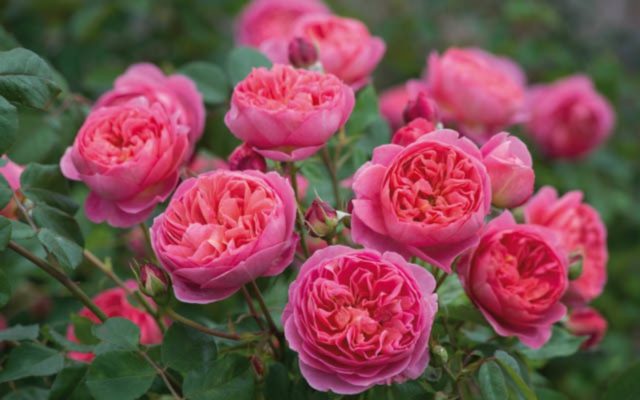
A Boscobel rose seedling grows to the size of an adult bush in the second year after planting
The main advantages of the Boscobel rose:
- long, abundant flowering;
- pleasant rich aroma;
- average resistance to fungal diseases;
- large size flowers;
- easy to reproduce;
- has the ability to quickly recover after pruning;
- a small number of thorns;
- suitable for cutting;
- has high decorative qualities;
- compact bushes;
- frost resistance.
Flaws:
- needs regular feeding;
- petals quickly fall off at high air temperatures;
- does not tolerate stagnation of moisture in the soil;
- During the rainy season, flowers lose their decorative effect.
Reproduction methods
The fragrant English rose "Boscobel" can be propagated by cuttings and layering. The first method should be used to obtain a large number of seedlings, and the second when you need to grow 1-2 additional bushes of this variety.
Cuttings should be carried out in May before the first flowering. To do this, you need to cut the lignified shoot into pieces 20 cm long with 2-3 internodes. The lower leaves must be completely removed, and the upper leaves must be cut in half to maintain sap flow in the tissues.
Then powder the lower cut with root former and plant the cuttings directly into the ground in a shaded place. To create a favorable microclimate for rooting, they need to be covered with a transparent cap. Young plants can be replanted to a permanent place only next spring.
Reproduction by layering does not require complicated steps.To obtain new seedlings, at the beginning of summer it is necessary to bury the lower 1-2 shoots 5-10 cm into the soil and pin them so that they do not rise. Only the top should be left on top. In this form, the cuttings should overwinter. They can only be separated from the mother bush in the next season.
Growing and care
For the Boscobel rose, you need to choose a sunny, open place with light shade during the midday hours, and protected from drafts. For this variety, it is necessary that the soil is rich in organic matter and has good moisture and air permeability. In this case, the groundwater level in the area must be at least 1 m, otherwise the rose will eventually die.
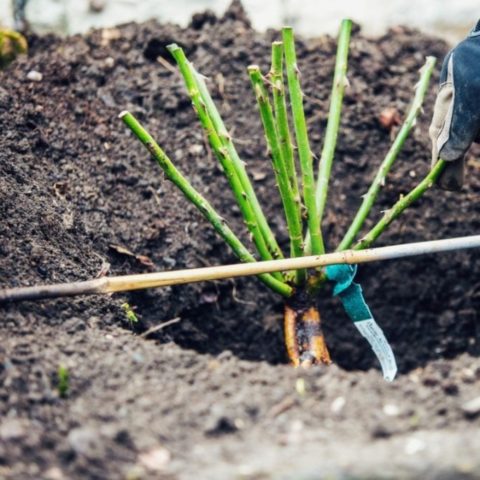
When planting, the root collar should be buried 2 cm into the soil.
This variety requires care. To obtain maximum decorativeness, it is necessary to carry out regular watering when the top layer of soil dries to a depth of 5 cm. To do this, use settled water at a temperature of +20 degrees. It is important that moisture does not get on the leaves.
Also, the Boscobel rose needs feeding at least 3 times per season. In the spring, during the active growing season, it needs to be fertilized with organic matter (chicken manure 1:15) or nitroamophoska (30 g per 10 liters of water). The second and third times - during the formation of buds. During this period, it is necessary to reduce the amount of nitrogen, so superphosphate 40 g and potassium sulfate (20 g per 10 liters of water) should be used.
The soil at the base of the bush must be constantly loosened and weeds removed throughout the season. During hot periods, the root circle should be covered with a 3 cm layer of mulch.To do this, you can use pine bark, which will retain moisture in the soil.
Rose "Boscobel" needs regular pruning. In spring, frozen shoots and broken branches should be trimmed. In summer, formative pruning should be carried out, shortening the tops that stand out from the total mass. Also during this period, it is necessary to regularly remove faded inflorescences so that they do not waste the vitality of the plant. In autumn, old shoots should be cut out, leaving no more than 7 pieces.
For the winter in the central and northern regions, the root system of the bush should be covered with a layer of straw 10-15 cm thick. Also, in the case of a harsh snowless winter, you need to additionally make a wooden frame to the height of the rose and wrap it with agrofibre. The cover should be removed in early spring, without waiting for warm weather, so that the shoots do not dry out at the base.
Pests and diseases
Rose "Boscobel" exhibits high resistance to diseases and pests. But if the growing conditions are inappropriate, its immunity decreases.
Possible problems:
- Powdery mildew. It is characterized by a white coating on the leaves, which interferes with photosynthesis. The disease causes premature leaf fall and prevents full flowering. Topaz should be used for treatment.
- Black spot. The disease develops during periods of prolonged rains. It is characterized by black dots on the leaves that gradually increase in size. As a result, the shoots are completely exposed, which negatively affects the decorative appearance of the shrub. For treatment, you should use the fungicide "Skor".
- Aphid. The pest feeds on the sap of young leaves and shoots.It forms entire colonies that can be found on the tops of branches and on the underside of leaves. To fight, you should use Actellik.
Application in landscape design
Rose "Boscobel" is very popular among landscape designers. Its compact, upright bushes look great in single compositions against a green lawn, as well as in multi-level compositions. Rose "Boscobel" is suitable for creating flowering hedges and mixborders.
The beauty of this variety can be successfully emphasized by conifers and other decorative deciduous shrubs.
You can clearly see the beauty of the Boscobel rose in the following video:
The best neighbors for a rose can be:
- sage;
- cat mint;
- cuff;
- lavender.
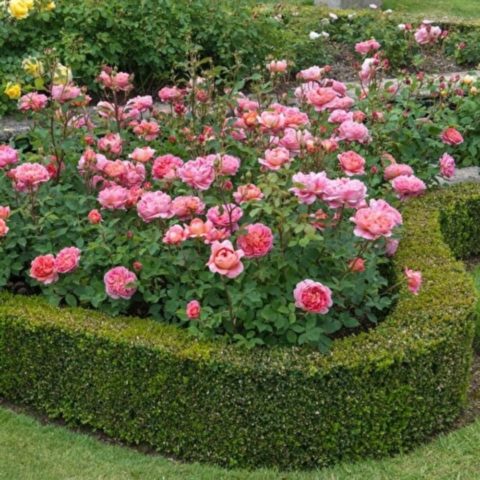
A boxwood border can successfully cover the bare shoots of the Boscobel rose below.
Conclusion
Rose Boscobel is a spectacular variety with an unusual flower color that will look organic at the entrance to the gazebo, in the center of the flowerbed and as a tapeworm. At the same time, it is characterized by high frost resistance, which makes it possible to grow it in regions with harsh climates. Thanks to these qualities, many gardeners prefer it, despite the high cost of bushes compared to other types.

